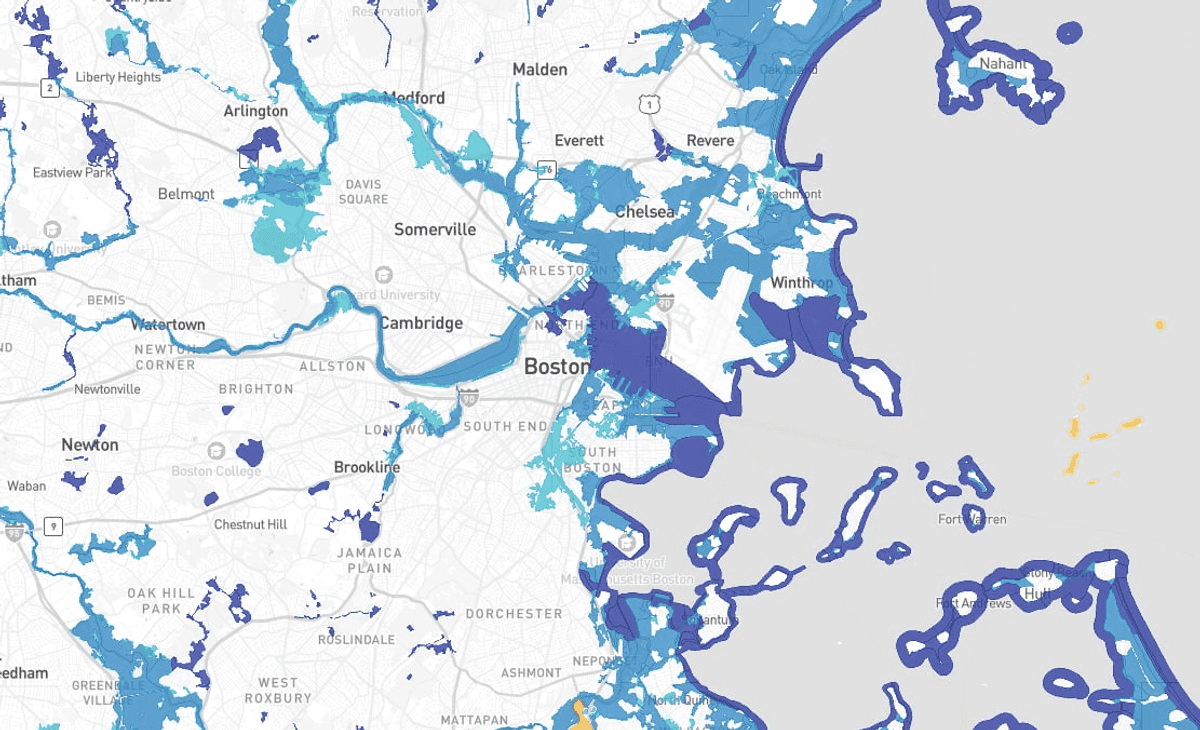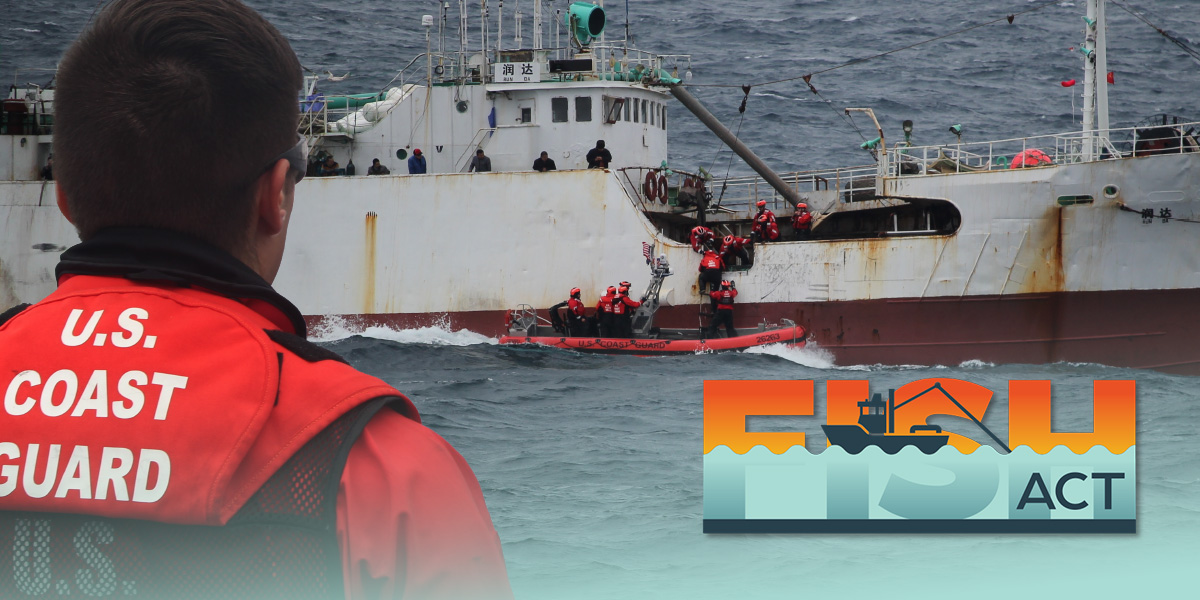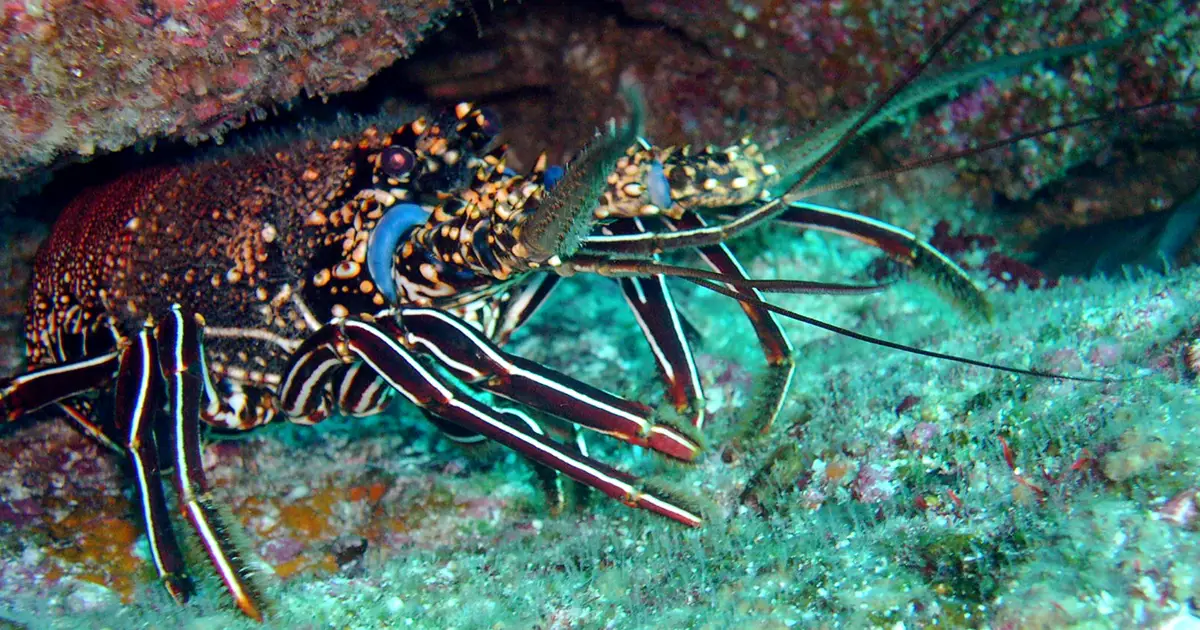Honolulu Leads Climate Change Legal Fight Against Fossil Fuel Companies – Honolulu Civil Beat

Litigation as a Tool for Climate Action: Honolulu’s Case Against Fossil Fuel Corporations
Introduction: Pursuing Climate Justice and Sustainable Development
- The City and County of Honolulu has initiated legal action against major fossil fuel companies, including Exxon Mobil, Shell, and Chevron.
- This lawsuit is a significant step in seeking accountability for climate change-related damages, aligning with the principles of SDG 13 (Climate Action) and SDG 16 (Peace, Justice and Strong Institutions).
- The case is among approximately 30 similar lawsuits filed by U.S. states and municipalities but is noted for its advanced procedural stage, potentially setting a national precedent.
Core Allegations and Corporate Accountability
- Deceptive Practices: The lawsuit alleges that the defendant corporations were aware for nearly five decades that their products contribute to greenhouse gas pollution and global warming.
- Profit Over Planet: It is claimed the companies prioritized profits from fossil fuels while actively deceiving the public about the climate crisis, undermining efforts toward SDG 13.
- Statute of Limitations Defense: The defendants have moved for dismissal, arguing that public knowledge of climate change issues for decades means the state’s two-year statute of limitations has expired. Shell’s statement highlights the extensive public record on the topic.
Impacts on Sustainable Cities and Marine Ecosystems
Threats to SDG 11: Sustainable Cities and Communities
- The lawsuit directly attributes rising sea levels around Oʻahu’s coastline to the defendants’ products, threatening urban infrastructure and community resilience.
- It warns of increased frequency of extreme weather events, such as hurricanes and heat waves, which pose a direct risk to the city’s population and its capacity to remain a safe and sustainable human settlement.
Threats to SDG 14: Life Below Water
- Ocean warming is cited as a primary consequence, leading to the degradation of vital marine ecosystems.
- Specific damages noted include the destruction of coral reefs, which are critical for biodiversity, coastal protection, and the local tourism economy.
- A reduction in fish stocks is also anticipated, impacting food security and local livelihoods dependent on marine resources.
Broader Legal Context and Hawaiʻi’s Commitment to Clean Energy
A Precedent for Climate Litigation
- The outcome of the Honolulu case is expected to influence how similar lawsuits proceed nationally and could establish a framework for corporate defense strategies in climate-related trials.
- This legal action is part of a wider movement for climate accountability, with related lawsuits filed by Maui County and the State of Hawaiʻi, reflecting a multi-level governance approach consistent with SDG 17 (Partnerships for the Goals).
Alignment with SDG 7: Affordable and Clean Energy
- The litigation complements the state’s proactive environmental policies.
- Hawaiʻi has committed to transitioning to 100% renewable energy by 2045, having already closed its last coal-fired power plant.
- A recent settlement in a youth-led lawsuit against the state’s transportation department mandates a plan for achieving zero greenhouse gas emissions in the transport sector by 2045, reinforcing the state’s dedication to SDG 7 and SDG 13.
SDGs Addressed in the Article
SDG 7: Affordable and Clean Energy
- The article mentions Hawaiʻi’s commitment to clean energy by noting the closure of its last coal-fired power plant and its goal to “switch to 100% renewable energy by 2045.” This directly relates to increasing the share of renewable energy.
SDG 11: Sustainable Cities and Communities
- The lawsuit is initiated by the city of Honolulu to protect its community and infrastructure from climate change impacts. The article highlights the threat of “sea level rise around Oʻahu’s world-famous coastline,” which poses a direct risk to the sustainability and safety of the city.
SDG 13: Climate Action
- The entire article revolves around climate change. It discusses the lawsuit against fossil fuel companies for their role in causing “global warming” and “greenhouse gas pollution.” It also mentions specific climate impacts like “sea level rise,” “hurricanes, heat waves and other extreme weather,” which are central to the goal of taking urgent action to combat climate change.
SDG 14: Life Below Water
- The article explicitly states that climate change will lead to “ocean warming that will reduce fish stocks and kill coral reefs.” This addresses the need to conserve and sustainably use marine resources and protect marine ecosystems from pollution and climate impacts.
SDG 16: Peace, Justice and Strong Institutions
- The lawsuit itself is an exercise in seeking justice and accountability. Honolulu is suing companies to “hold them accountable for climate change harms,” alleging they were “deceiving the public.” This action aligns with promoting the rule of law and developing effective, accountable, and transparent institutions.
Specific SDG Targets Identified
-
Target 7.2: Increase substantially the share of renewable energy in the global energy mix.
The article directly supports this target by stating, “Hawaiʻi closed its final coal-fired power plant nearly three years ago in a push to switch to 100% renewable energy by 2045.”
-
Target 11.5: Significantly reduce the number of deaths and the number of people affected and substantially decrease the direct economic losses…caused by disasters.
Honolulu’s lawsuit aims to address the consequences of climate-related disasters, such as “sea level rise” and more frequent “hurricanes,” which threaten the city’s population and economy.
-
Target 13.1: Strengthen resilience and adaptive capacity to climate-related hazards and natural disasters in all countries.
The lawsuit seeks damages to cope with climate change harms, which is a form of building adaptive capacity. The article mentions the city is facing increased risks from “hurricanes, heat waves and other extreme weather.”
-
Target 14.2: Sustainably manage and protect marine and coastal ecosystems to avoid significant adverse impacts.
The article highlights the threat of climate change to marine life, specifically mentioning that it will “kill coral reefs that tourists love to snorkel over” and impact the “sea level rise around Oʻahu’s world-famous coastline.”
-
Target 16.3: Promote the rule of law… and ensure equal access to justice for all.
The lawsuit filed by Honolulu is a direct attempt to use the legal system to “hold them accountable,” thereby promoting the rule of law and seeking justice for the harms caused by climate change.
-
Target 16.6: Develop effective, accountable and transparent institutions at all levels.
The lawsuit accuses the oil companies of “deceiving the public about the role of their products in causing a global climate crisis.” Seeking legal recourse is a way to demand accountability and transparency from these corporate institutions.
Implied or Mentioned Indicators
-
Share of renewable energy in the total final energy consumption.
This is directly implied by Hawaiʻi’s goal of “100% renewable energy by 2045” and the action of closing its “final coal-fired power plant.”
-
Rate of sea level rise.
This is a key indicator of climate impact mentioned in the article as a primary harm affecting “Oʻahu’s world-famous coastline.”
-
Frequency and intensity of extreme weather events.
The article warns that “hurricanes, heat waves and other extreme weather will be more frequent,” which can be measured to track climate impacts.
-
Health of marine ecosystems.
The article points to measurable indicators such as the reduction of “fish stocks” and the death of “coral reefs” due to ocean warming.
-
Number and outcome of climate-related lawsuits.
The article itself focuses on the Honolulu lawsuit and notes there are “some 30 similar lawsuits” across the country. The progression and outcome of these cases serve as an indicator of legal accountability.
-
Greenhouse gas emissions levels.
The settlement of a youth lawsuit mentioned in the article sets a specific, measurable indicator: the requirement “to achieve zero greenhouse gas emissions across all transportation modes no later than 2045.”
Summary Table of SDGs, Targets, and Indicators
| SDGs | Targets | Indicators |
|---|---|---|
| SDG 7: Affordable and Clean Energy | 7.2: Increase substantially the share of renewable energy. | Share of renewable energy in the energy mix (Goal: “100% renewable energy by 2045”). |
| SDG 11: Sustainable Cities and Communities | 11.5: Significantly reduce economic losses and people affected by disasters. | Impact of sea-level rise and hurricanes on Honolulu’s coastline and population. |
| SDG 13: Climate Action | 13.1: Strengthen resilience and adaptive capacity to climate-related hazards. | Frequency and intensity of “hurricanes, heat waves and other extreme weather.” Level of greenhouse gas emissions (Goal: “zero… by 2045”). |
| SDG 14: Life Below Water | 14.2: Sustainably manage and protect marine and coastal ecosystems. | Health of coral reefs and size of fish stocks. |
| SDG 16: Peace, Justice and Strong Institutions | 16.3: Promote the rule of law and ensure equal access to justice. 16.6: Develop effective, accountable and transparent institutions. |
Number and outcome of lawsuits filed against companies for climate damages and deception. |
Source: civilbeat.org

What is Your Reaction?
 Like
0
Like
0
 Dislike
0
Dislike
0
 Love
0
Love
0
 Funny
0
Funny
0
 Angry
0
Angry
0
 Sad
0
Sad
0
 Wow
0
Wow
0















































































